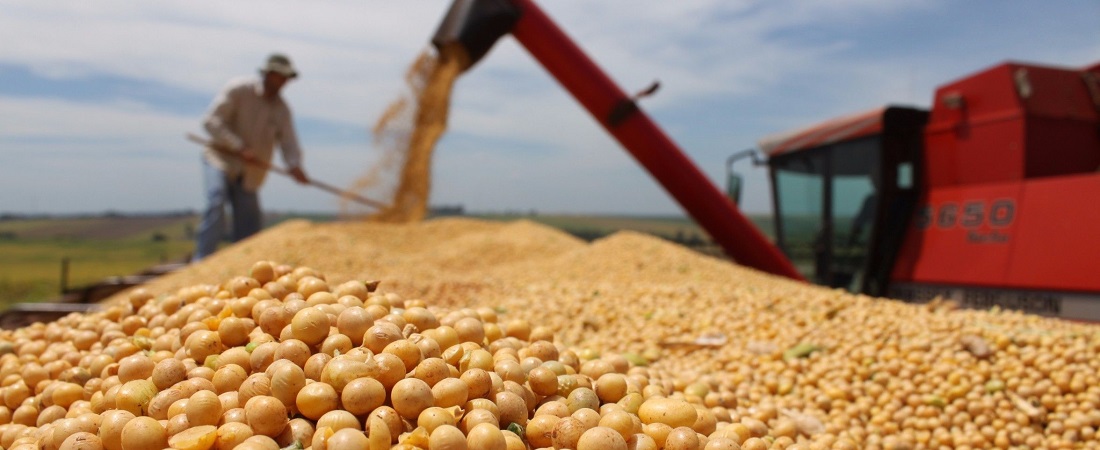
Chinese imports of US soy have increased from October to November
Dec, 20, 2021 Posted by Gabriel MalheirosWeek 202149
The number of soy imports from the United States to China in November has risen since October according to the customs data available as of the 20th after the effects of Hurricane Ida started to dissipate.
China, the world’s largest buyer of soy, brought over 3.63 million tonnes of the product from the United States in November, compared to just 775.3 thousand in October, according to data from the General Administration of Customs.
US soybean imports eased in October after Hurricane Ida limited the countries capability to conduct exports in September, meanwhile weak crush margins in China also dampened the demand.
Overall, China brought in 8.57m tonnes of soybeans in November, a strong increase from October amounts, boosted by US shipments.
November’s numbers, however, are down compared to last year.
US imports also remained much lower than a year ago, a down of 40% in comparison to the 6.04 million tonnes registered in November 2020.
Imports from Brazil, China’s main supplier, rose to 3.75 million tonnes in November from 3.3 in October, the data showed.
See the chart below for a comparison of Brazilian soy exports to China over the past two years. Data are from DataLiner:
Brazilian Exports of Soybeans (HS1201) to China | Jan to Oct 2020-2021 | WTMT
Source: DataLiner (click here to request a demo)
Brazilian imports increased 37% compared to the previous year.
Source: Money Times
To read the full original article, visit the link: https://www.moneytimes.com.br/importacoes-chinesas-de-soja-dos-eua-saltam-em-novembro-ante-outubro/
-
Grains
Mar, 11, 2020
0
Brazilian agribusiness exports reach US $ 6.41 billion in February
-
Coffee
Jan, 18, 2022
0
Green coffee exports fall 10.5% in 2021
-
Sugar and Ethanol
May, 15, 2023
0
Sugar industry sees profitability soar in 2023 as strategic stocks deplete
-
Automotive
Aug, 31, 2023
0
Auto market struggles as Argentina holds back import permits

